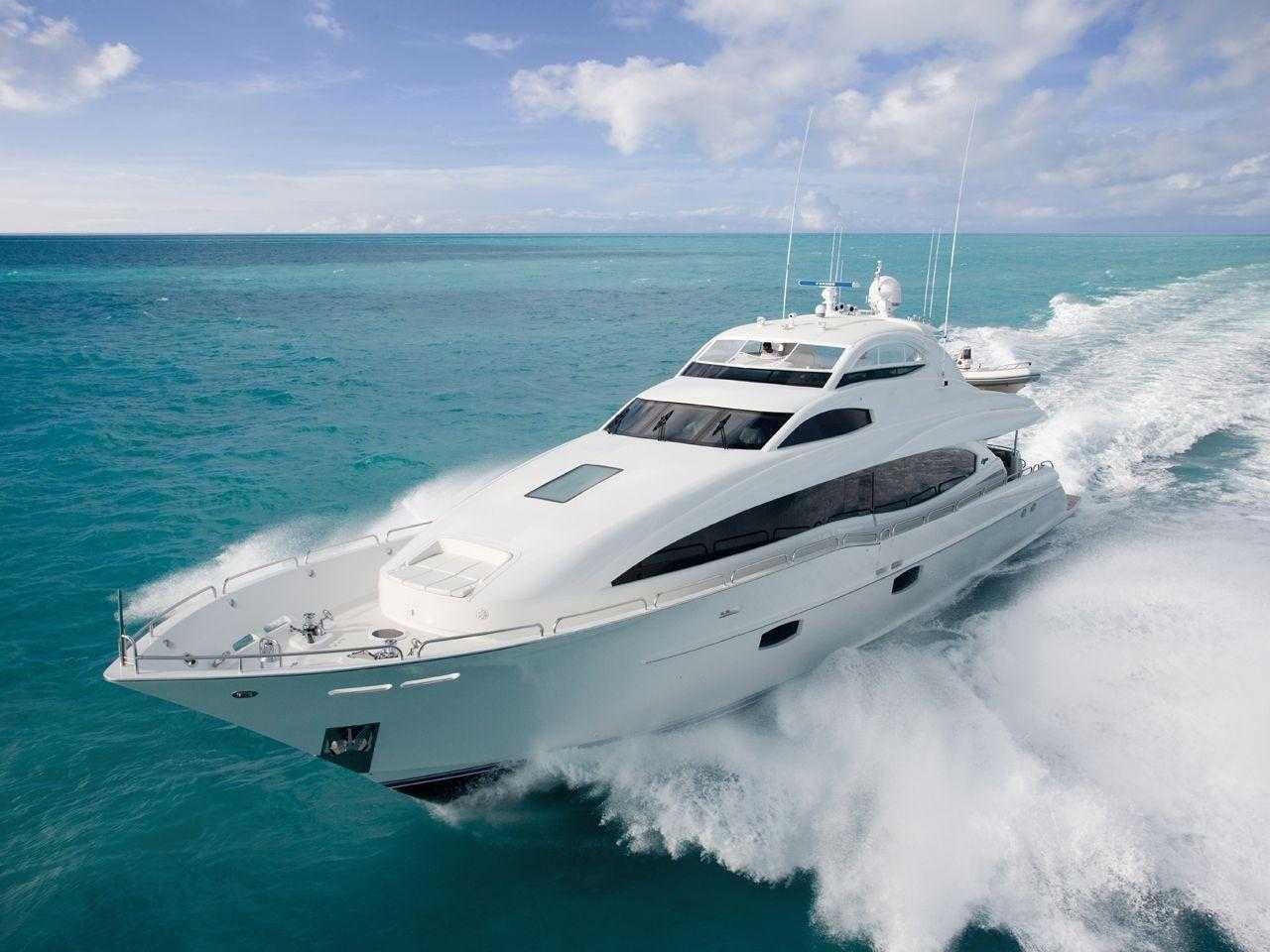Very often, when we book yacht travel, we think about how to get the maximum service for reasonable money, what interesting things we can see, which places are better to visit, and so on. Few people pay attention to the fact, that they may face seasickness on a yacht, but that is a big mistake!
As practice shows, this is not a rare problem. Many people who had their vacations on yachts noted that they felt the symptoms of seasickness. If you get seasick in a car, on a train, or a plane, you will definitely feel it on a yacht.
Seasickness occurs resulting from the irritation of a vestibular apparatus. When you stand on deck, your body does not change position, your muscles do not move, but your eyes send signals to the brain that your body is moving (they see it), and as a result, your vestibular apparatus becomes confused, and as a result – nausea, dizziness, and weakness. The symptoms can be so severe that a person is even unable to stand still. To prevent this from happening we recommend you follow a few simple tips.
Seasickness on a yacht. Tips for eliminating symptoms
- Think about anything but your condition. The anticipation of a seasickness attack greatly enhances its effect. Try to keep your mind and hands busy with something. Keep your brain focused on other things. A good option is to go to your skipper and help him with the boat. Thus, you can switch yourself to work and the brain will stop focusing on this condition.
- Look at the horizon. As you float, the landscape around you changes, but the horizon line remains motionless. Focus on some point on it and try to look there. This should calm the symptoms.
- Certain snacks and tonics can help you to prevent seasickness symptoms. For example, gingerbread cookies, crackers, mineral water (still), or mint tea are great.
- You can eat something sour, such as lemon, or chewing gum. Try to avoid food with fat. In such conditions, it will be difficult for your stomach to digest this food and you can feel nauseous.
- When a boat is moving and dancing, try to keep your balance without holding anything. The signals that your brain sends to muscles to keep balance will help you to quickly adapt to the rolling rhythm.
- If you have the opportunity to lie down, lie down and look at something motionless. This should calm the symptoms down a bit. It is better to lie not in the cabin, but somewhere on the deck. In a closed space you will feel even worse.
- You can use special drugs that relieve symptoms. However, you should not rely only on them fully. Many of those have a side effect – they cause drowsiness. It is unlikely that you want to sleep during the whole trip. Besides, one should not take them all the time 24/7. We advise you to use the medication method only as a last resort.
- If the symptoms have gone far enough and you feel nauseous, do not restrain yourself. Drink warm water to make things happen faster. Then you will feel relief.
And some more tips
Even experienced sailors and travelers can experience seasickness. Very often its symptoms appear only in a mild form and you will get used to that. After a few hours your body calms down and everything goes away. So, if you notice the first mild symptoms, do not rush to immediately use the “heavy artillery”. Wait an hour or two, maybe you will get used to it.
And finally, one more little tip: if possible, choose a catamaran instead of a yacht. If you know exactly what makes you sick, it is better to choose a catamaran for a sea cruise, not a yacht. Thanks to its design, this vessel almost doesn’t dance, even in fairly strong waves. It is almost impossible to swing the catamaran so that it tilts more than 5% from the horizontal position. Less dancing means less irritation to your vestibular system.
If you prepare properly and follow our simple tips, you will not experience seasickness on a yacht. Your trip will become a pleasant vacation for you. You will receive only good emotions and impressions from it.





















